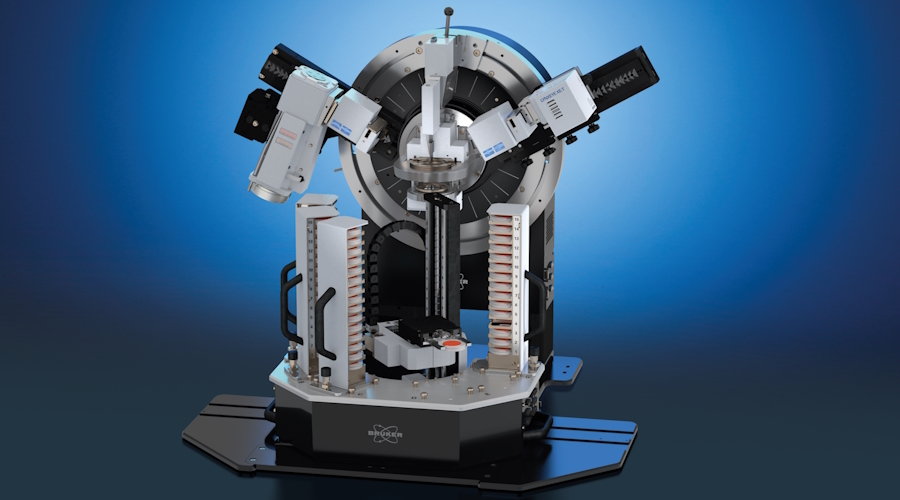

Fine and Specialty Chemicals
Raw Material Testing by FT-IR and FT-NIR Spectroscopy
One of the first steps in the manufacturing of any chemical product is the identification and validation of various incoming raw materials.
Impurities and adulterants in starting materials pose potential manufacturing threats when present during production. These same impurities and adulterants may also result in lower production yields and greater needs for product purification.
FT-IR and FT-NIR spectroscopy allow quick analysis of almost all types of liquid, solid and paste-like samples within seconds, either via fiber optic probes using the so-called ATR (Attenuated Total Reflection) technique.
About process optimization and monitoring by Infrared Spectroscopy
Optical spectroscopy is today a very important method for online process monitoring and optimization. Fiber-coupled probes allow a direct look into the process without delay.
The IR solution demonstrates its strengths especially for process development and optimization by simple peak analysis and trend monitoring. The main applications are today in the laboratory an pilot plants. The MATRIX-MF can be equipped with various detectors and probes and adapted to the specific requirements of a process application.
The strengths of the NIR solution are mainly in routine process applications. Due to the short measuring time, important process parameters for the monitoring and control are available almost immediately. A wide variety of probes or flow cells allow the use of NIR technology in almost all process conditions.
Crystal Structure Analysis of Specialty Chemicals with XRD
LiFePO4 is currently used in commercial Li-ion batteries, and new synthesis routes are constantly developed to reduce the battery cost. Defects in the crystal structure resulting from such lower-cost synthesis methods can reduce the electro-chemical properties of LiFePO4, and similar battery materials. Combined PDF and Rietveld refinements are an effective tool to study local defects and help guide more effective synthesis routes.
